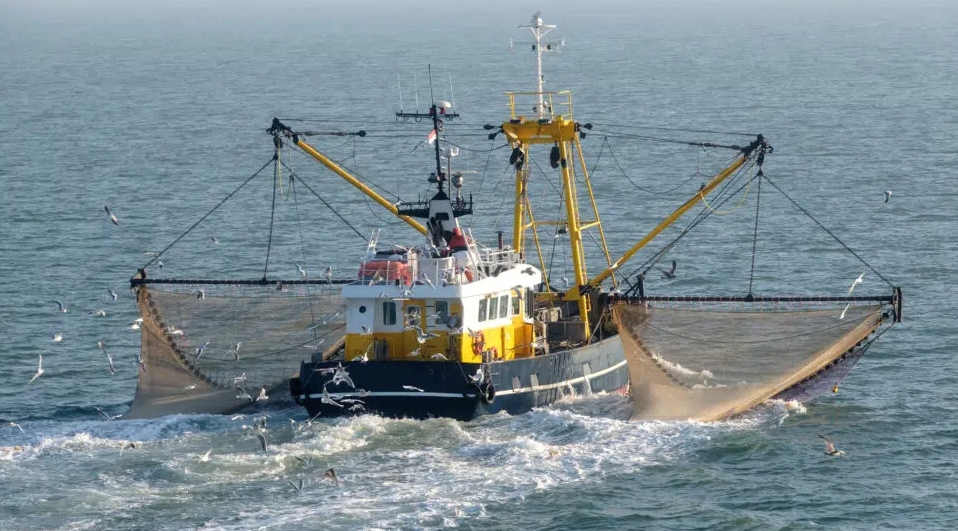
10 Apr
Bottom trawling, marine protected areas, decarbonization: the European Commission wants to “green” the fishing sector
The European Commission unveiled its action plan to protect 30% of the European Union’s seas by 2030. While eagerly anticipated by NGOs and fishing industry professionals, the measures have not garnered unanimous support.
The plan includes the creation of more marine protected areas, banning trawling in these areas, improving the management of fish stocks, and promoting the use of less energy-intensive vessels, as outlined by the French daily.
The Telegram states that the proposal was eagerly anticipated by NGOs and the fishing sector. With the Common Fisheries Policy reform a decade ago, the European Commission believes that “structural transformations” are necessary to reduce the environmental impact of the fishing sector while ensuring its profitability and carbon neutrality by 2050, as reported by Le Figaro.
According to El País, the new commitments aim to legally protect EU seas by increasing marine protected areas from the current 12% to 30%. The Spanish daily highlights that this objective aligns with the EU’s stance during COP15 in Montreal, Canada, and its strategy in favor of biodiversity.
Strengthen marine protected areas
As per Les Echos, the “flagship measure” of the action plan involves the prohibition of bottom trawling, including trawls, dredges, gillnets, etc., in protected maritime areas. While it has been banned below 800 meters since 2016, the European Union and NGOs consider bottom trawling as one of the most damaging activities for the seabed.
National administrations have until March 2024 to develop their roadmap for eliminating bottom trawling, as reported by Ouest-France. The roadmap will be assessed by the Commission, which will determine if new legislation is required. Additionally, the European executive will request member states to increase their protected areas to meet the target of protecting 30% of the seas in Europe, compared to the current 12%, as highlighted by Les Echos.
Measures still too timid?
The European Commission’s new action plan also aims to promote more transparent annual catch quotas set by member states, respecting the recommended maximum levels by scientists, as stated by Liberation. This is a crucial requirement, as Europe has been grappling with overfishing for many years, as noted by TF1. The channel further highlights that one-third of fish species in the North-East Atlantic are currently affected by overfishing (compared to 70% in the 2000s), and approximately 85% of stocks in the Mediterranean are being overexploited.
According to Ouest-France, the European Commission’s measures are seen as a timid step towards sustainable fishing. This sentiment is echoed by another local newspaper. The Telegram highlights that the European executive has not altered its stance on landing obligations, but has emphasized that this provision is poorly implemented, despite its potential to limit accidental fish catch.
Widespread discontent
The media consensus is that the proposed action plan by the European Commission has not satisfied any party. It has been criticized by fishing professionals as too timid, while environmental NGOs also find it lacking. The Telegram describes it as a “blow” for fishermen, with concerns raised about potential job losses, affecting around 4,350 fishermen on 1,200 vessels, according to the president of the National Fisheries Committee.
NGOs, including Oceana, are expressing discontent with what they perceive as a slow timeline in the proposed action plan. France info quotes the association as deploring that bottom trawling will be allowed in protected areas for another seven years, and after 2030 outside of those areas, which they consider to be a significant discrepancy between observation and the proposed actions.
Copyright © 2021 PDSConsulting Contact us: info@pdsconsulting.co.uk.